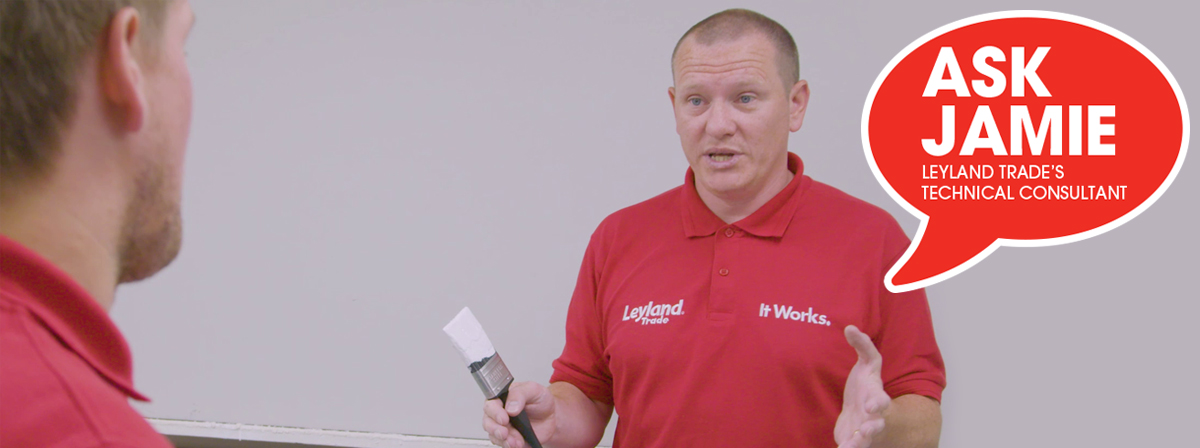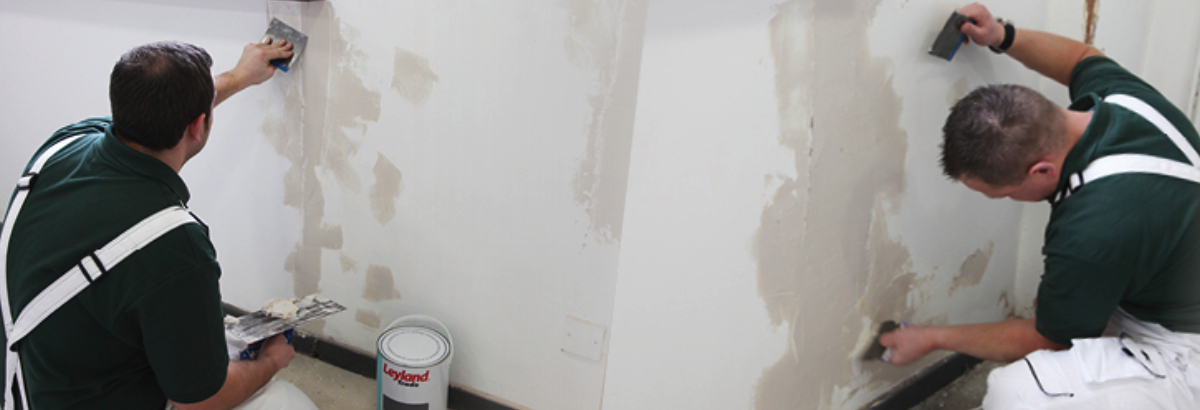Preparation tips

Read Jamie's tips on how to prepare a surface
Whether it’s a skirting board, a window, or a door frame, everything can benefit from a refreshing new coat of paint or two. We cannot stress enough how important the preparation of the surface prior to painting is, so here are five of our top tips for perfecting the prep and priming process.
Tip 1: Clean the surface
No surface should be painted unless it’s in a clean and dry condition, because paint just won’t stick to a dirty surface. So even if there’s very little scraping to do, you still need to clean it and make sure it’s completely free from dirt, dust, oil, grease, rust and efflorescence.
Dirty surfaces can be adequately cleaned with water and soap, or detergent. For heavy deposits of grease or fat that are particularly tricky to remove, try swabbing with sugar soap – just remember to make sure that the surfaces are dry after cleaning before you start any painting.
Tip 2: Ensure that the surface is sound and firm
Any loose, flaking, or unstable material must be identified and then thoroughly removed by scraping, wire-brushing or other suitable methods, in order to retain a sound edge. Make sure that any remaining paint and the underlying substrate is sound and adhering securely.
Tip 3: Remove old paint
You must scrape any old paint from your wood surface, otherwise your fresh new paint will eventually let go. Likewise, you should rub previously painted surfaces down in order to provide a suitable ‘key’ for subsequent coats of paint. Rubbing down is usually best carried out using wet or dry abrasive paper and water, which helps to avoid scratching the surface and prevents the generation of dust.
Tip 4: Fix surface imperfections
Holes, cracks, and dents – big or small – on the surface should be repaired with suitable filler before proceeding. Apply filler to each large gouge and then shape it with a file, a sharp chisel, or sandpaper once the filler has set. Be wary of using too much filler though, because it’ll leave you sanding away the excess.
Tip 5: (Health and) safety first!
Properties built and painted before the 1960s may contain harmful lead. Therefore, all special precautions must be taken during preparation before disturbing any wooden or metallic surface.
Finally, all work should be carried out in compliance with BS6150:2006 Code of Practice for Painting of Building, which promotes good practice in initial painting and maintenance of buildings, both internally and externally.


